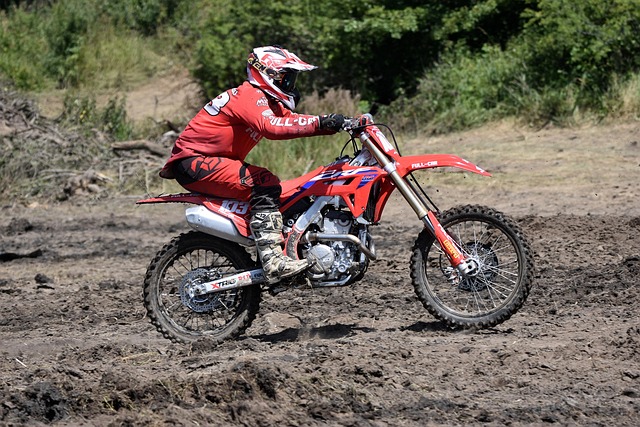When it comes to fitness training and achieving peak performance, understanding how our bodies generate energy can make all the difference. At the heart of this process is glycolysis, a metabolic pathway that is crucial for athletes and fitness enthusiasts alike. Whether you’re lifting weights, sprinting, or enduring a high-intensity workout, glycolysis is at work, providing the energy needed for those explosive moments when you need it most.
What is Glycolysis?
Glycolysis is the process through which glucose, derived from carbohydrates, is broken down into pyruvate, yielding energy in the form of ATP (adenosine triphosphate). This process can happen with or without oxygen, which is why it plays such a critical role in both aerobic and anaerobic activities. In a high-intensity fitness environment, glycolysis becomes a key player, especially in strength training and other high-energy exertions that demand immediate fuel.
The Role of Glycolysis in Strength Training
During strength training, your muscles need quick bursts of energy to lift weights effectively. This is where glycolysis shines. As you push through those last few reps, your body taps into anaerobic glycolysis, rapidly converting carbohydrates into energy. This process allows you to sustain your effort and overcome fatigue, leading to improved performance and gains.
Emphasizing workouts that challenge your glycotic power can amplify your training. High-intensity interval training (HIIT), circuit training, and compound lifting are excellent ways to incorporate glycolytic demands into your regimen. By pushing your body to rely on this energy system, you’ll improve your overall strength, enhance muscle hypertrophy, and carve out a more resilient physique.
Health Benefits of Glycolytic Training
Incorporating glycolytic training into your fitness routine isn’t just about improving performance; it also offers significant health benefits. Engaging in high-intensity activity can improve cardiovascular fitness, increase metabolic rate, and enhance insulin sensitivity. All of these factors contribute to a healthier lifestyle and can play a pivotal role in weight management and overall well-being.
Activity: Mobilizing Glycolysis for Greater Gains
To fully capitalize on the power of glycolysis, consider integrating specific workouts into your training schedule. Activities such as plyometrics, sprints, and kettlebell swings stimulate your body’s glycolytic pathway. Pair these with adequate rest and recovery periods to ensure optimal performance. The more you push your limits and challenge your muscles with glycolytic-focused workouts, the more your body adapts, allowing you to lift heavier and perform longer.
In your quest for strength and improved fitness, understanding glycolysis equips you with the knowledge to optimize your training. By harnessing the energy it provides, you can supercharge your workouts, elevate your performance levels, and ultimately lead a healthier, more active lifestyle. So next time you’re at the gym, remember the fuel your body is using and the incredible power of glycolysis working to help you achieve your fitness goals!



